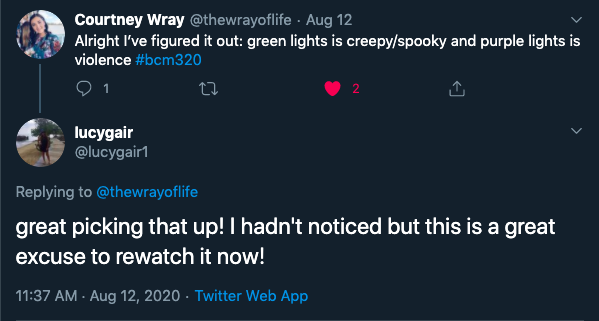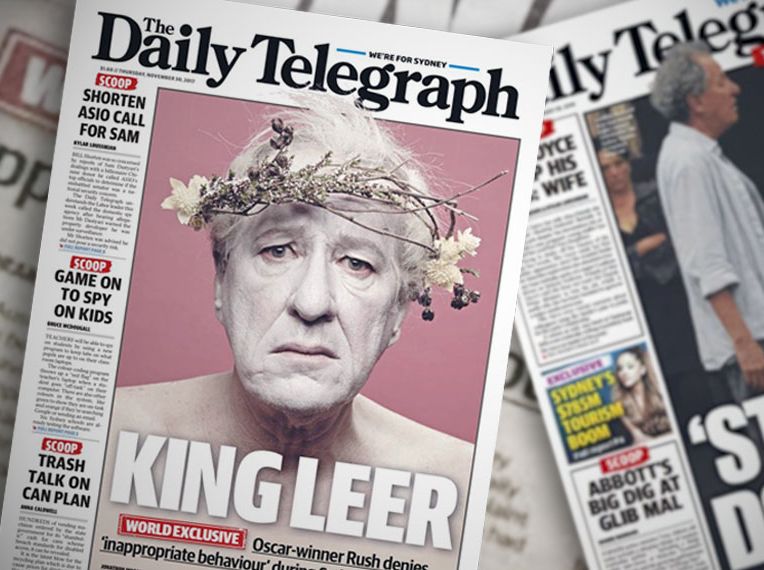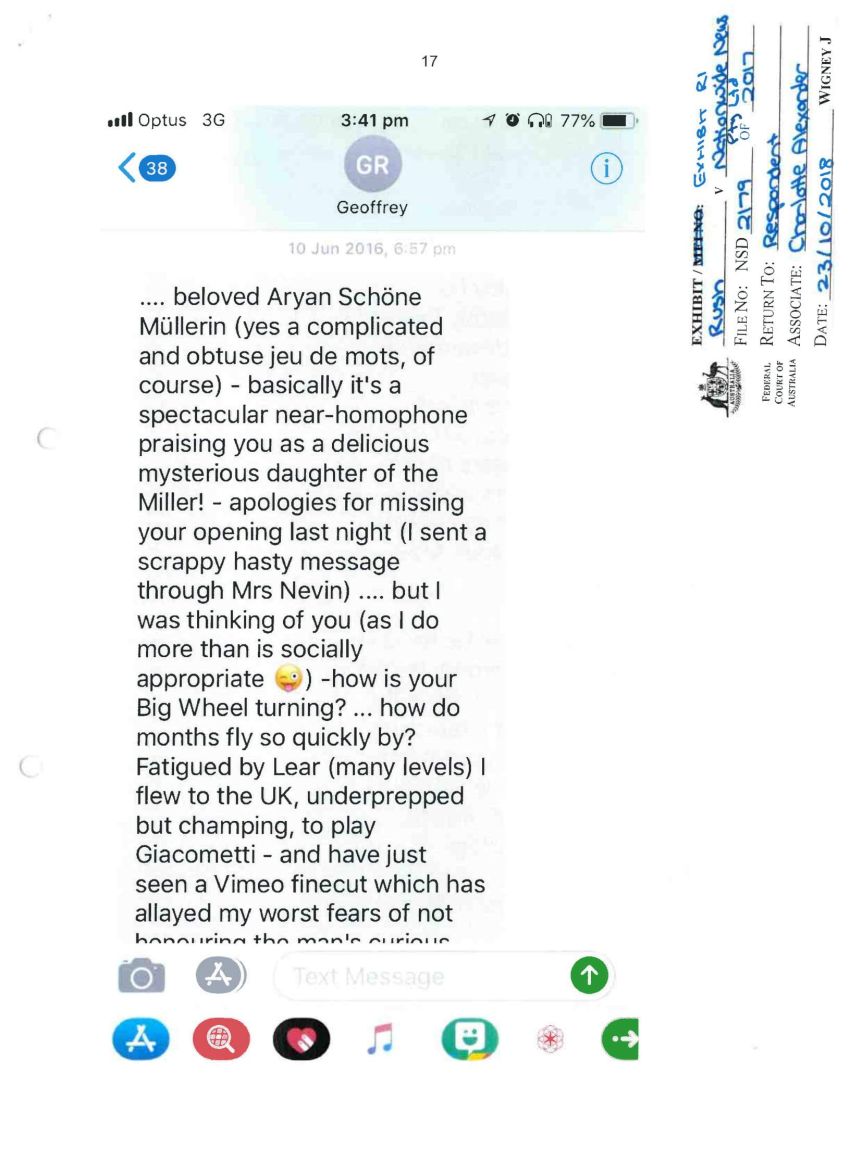This week’s feature was a Japanese anime show titled ‘Hi Score Girl’, it is centred around a young school boy named Haruo who is obsessed with all things gaming, but particularly arcade games, and the relationships he forms with two girls, Akira and Koharu, under the context of gaming. From what I gathered from the Twitter feed, most people seemed to be confused by the storyline and the way it was difficult to tell what was being said verbally by Haruo and what was internal dialogue. This was not an issue I had, I found it very easy to follow what was reality and what was Haruo’s imagination, I found his voice quickened in pace, eyes of himself and those around him go completely white and the background disappears or warps the colours when he was day dreaming. These examples are seen during the first candy shop scene in the first episode when Akira tries to go for a high score and the shop owner is lurking in the back ground.
From Twitter I also learnt that there were English dubs on ‘Hi Score Girl’, this was not something I was aware of and has watched all the episodes in Japanese with English subtitles. However, I am not sure I would have chosen to listen to the English dubs, as I went back to watch some scenes again with the dub and did not feel like it had the same level of emotion and passion that was exuded from the original voice artists. What else I noticed from Twitter is that nobody mentioned any typical anime tropes that ‘Hi Score Girl’ play into, this may have been from a pretty large percent of us having little to no prior experience with anime, but I found it interesting and thus will write this post about it.
- Tsundere:
Firstly, there is a ‘Tsundere‘ character who begins the show as very hostile and dismissive towards their eventual love interest, and while they eventually warm up to their love interest, they are always plagued by conflicting feelings of love and hate. This can be seen clearly when the teacher announces that Akira is leaving for America during episode three, just before this scene Haruo finally begins to be nice and empathetic towards Akira when he finally understands Akira’s home situation, but when confronted with her leaving he lashes out and says that he’s relieved she will no longer intrude on his “sacred territory” anymore. They reconcile before Akira boards the plane, but the way Haruo acts up until this point definitely makes him a Tsundere character.
- Oblivious main, male character:
According to WhatNerd.com, the main character in Anime, particularly school related anime, there always seems to be an oblivious, male character that just can’t seem to correctly comprehend the world around him. This mostly applies to Haruo, there are many instances of him being oblivious, such as not understanding that it is Akira’s strategies that make her better at gaming and that Koharu was “going all red” because she liked him, however Haruo is very perceptive about Akira’s wants, needs and emotions. Haruo seems to be the only person who understands Akira despite being nonverbal, for instance when he knew she was enjoying being on the roller coaster despite her neutral face.
- Female characters beating up male characters:
While another anime trope is to include weak women that need to be saved, it is also very common for anime to include scenes where women beat up men. This can be be seen many times during ‘Hi Score Girl’ because, as Haruo points out, Akira gets violent when she is scared or angry. Akira is seen constantly punching, smacking and foot-stamping Haruo when he says or does something that offends her, such as using “dirty, forbidden moves” against her to win the game, or when they’re in a scary situation like going into the creepy arcade. It is not just Akira who is shown to be violent against Haruo, his own mother begins to wrestle him for being rude to Akira, and thus playing deeply into this particular anime trope.
Overall, I found Hi Score Girl to be a bright, fun and entertaining show that captured my attention right from the start, and while it does further promote certain typical anime tropes that normalise toxic masculinity, Akira’s character more than makes up for it with her resilience, passion and independence.
References:
Mercado, R 2019, ’10 Common Anime Tropes You See Everywhere’, CRB, November 21st, viewed 28th August 2020, https://www.cbr.com/common-anime-tropes-everywhere/
Roth, M 2019, ‘9 Annoying Anime Tropes I Wish Would Disappear For Good’, What Nerd, December 10th, viewed 28th August 2020, https://whatnerd.com/annoying-anime-tropes/




 The
The  The alleged
The alleged 